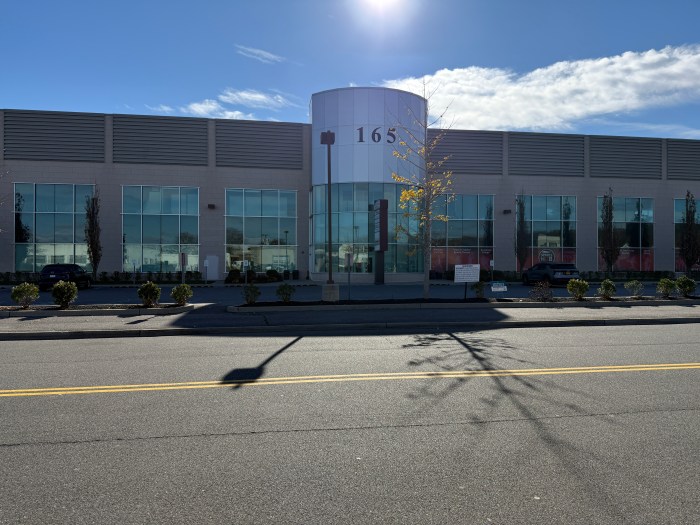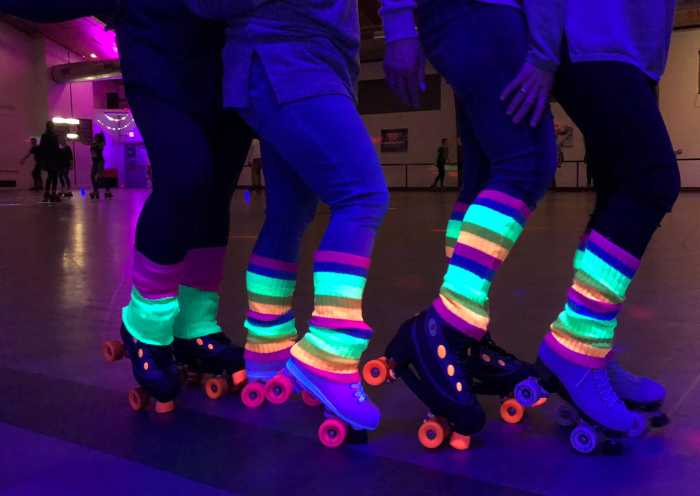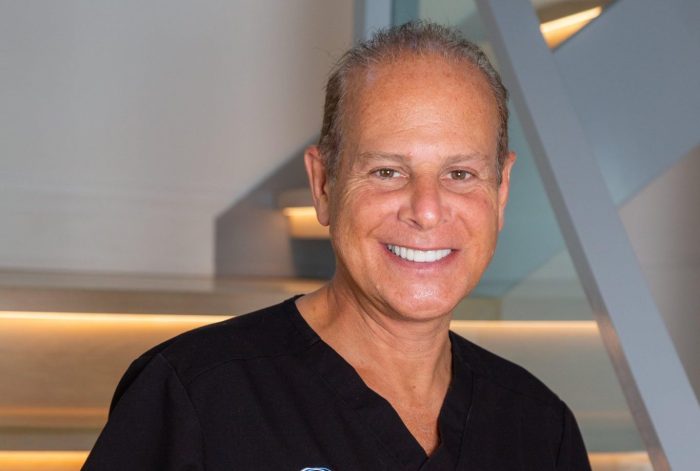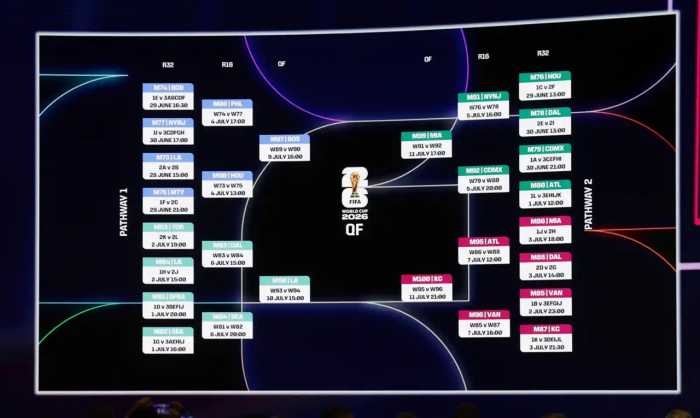The Syosset Board of Education examined how Artificial Intelligence has impacted its classroom curriculum and engagement, looking at how teachers’ projects have been implemented districtwide.
Teachers and administrators from the district’s new AI committee gathered at the Wednesday, April 23, school board meeting to showcase how the technology was used at the elementary, middle and high school levels.
Superintendent Thomas Rogers said the new tool can “open up possibilities that we haven’t even thought of yet,” aiding teachers and students alike.
According to the district’s mission statement, the school hopes to prepare “students to thrive in both the future we imagine and one which may evolve in ways yet to be envisioned,” said David Steinberg, the assistant superintendent for secondary curriculum, instruction and assessment.
Steinberg said the district aims to equip them with skills that “allow them to adapt to whatever the future is going to be” with a flexible and creative skill set.
Jeanette Wojcik, assistant superintendent for elementary curriculum, instruction and assessment, said the AI pilot program looks at “utilizing and fostering technology in a way that promotes critical thinking and creativity through collaboration.”
Christine Payne, director of instruction and administrative technology, said the district has implemented a technology work group for the past 10 years with two questions in mind: “Where are we now and where do we want to go from here?” She said the work group has been “very gratifying and very exciting.”
“The teachers have always risen to the challenge,” Payne said.
In the past 10 years, she said the district has provided devices to all students, created flexible learning spaces and introduced robotics and coding opportunities, Payne said. She said the pandemic in 2020 showcased the district’s “strong technology foundation” and ensured a quick transition to virtual learning.
She said the work group has embraced the tool and created a new AI committee to explore the tool’s use in the classroom.
Kelly Fokianos, secondary staff developer, said staff members received a Google Gemini license to explore the tool in January. Since then she said the 94 participating teachers completed 32 pilot projects at all grade levels.
“In less than 100 days, from January to March, we had evidence that Google Gemini could amplify instruction,” Foskianos said.
Teachers representing different schools in the district came together to showcase some of their pilot programs.
Victoria Greco, from Willits Elementary and Justine Constantinides from Berry Hill Elementary said their fifth-grade students took part in a “Shark Tank”-style learning unit. Greco said the teachers used AI as a “powerful starting point,” but that teachers used their personal experiences to shape the framework to their “unique learning environment.”
Greco said that once students completed their entrepreneurial projects, students from the high school’s virtual enterprise classrooms worked with their elementary schoolers to bring their insight into the project, which created a “valuable bridge” between grade levels.
Tyler Gentilcore, a second-grade teacher at Robbins Lane Elementary, said he used AI to aid some of his students who were reading below grade level.
“I was struggling to find books that matched their reading level, which would also foster their love and enjoyment of reading,” he said.
Gentilcore said he entered detailed prompts that appealed to students’ interests, like “storyline about cats.” He said he provided Gemini with information about appropriate reading criteria to yield the best results, which allows other grade levels to create age-specific stories of their own. He said one fourth-grade teacher created a text to complement their current social studies unit, which was printed out for students.
Seventh-grade science teacher Alexandra Gerin said the science team at HBT Middle School created an AI-generated project that aligned with curriculum standards and reinforced vocabulary. She said the project was inspired by students’ interest in diverse ecosystems and instructed them to for create travel brochures to explore different types of environments.
“Students continue to reference the project, even though we completed it a few weeks ago,” Gerin said.
Steinberg said the pilot projects allowed teachers from different schools and grade levels to collaborate and share ideas.
“One of the takeaways that we all have from this is that it wasn’t so much about AI. We have 94 teachers working on 32 projects…it was the connections that people were making with each other and building of community across the entire district,” he said.
He said a “2.0 version” of the pilot project will be completed next year to expand upon these connections. The Gemini program is solely teacher-facing right now and is not available for student use, and will continue to be next year, he said.
School Board Trustee Jack Osterik said the project was “so obviously refreshing” to see the teachers’ and administrators’ excitement.
Rogers said the projects are catered to Syosset students’ needs, with help from the district’s teachers, and will be expanded in the future.
“There’s more good work to be done,” Rogers said
Read More: Syosset, Jericho districts announce Board of Ed candidates



































